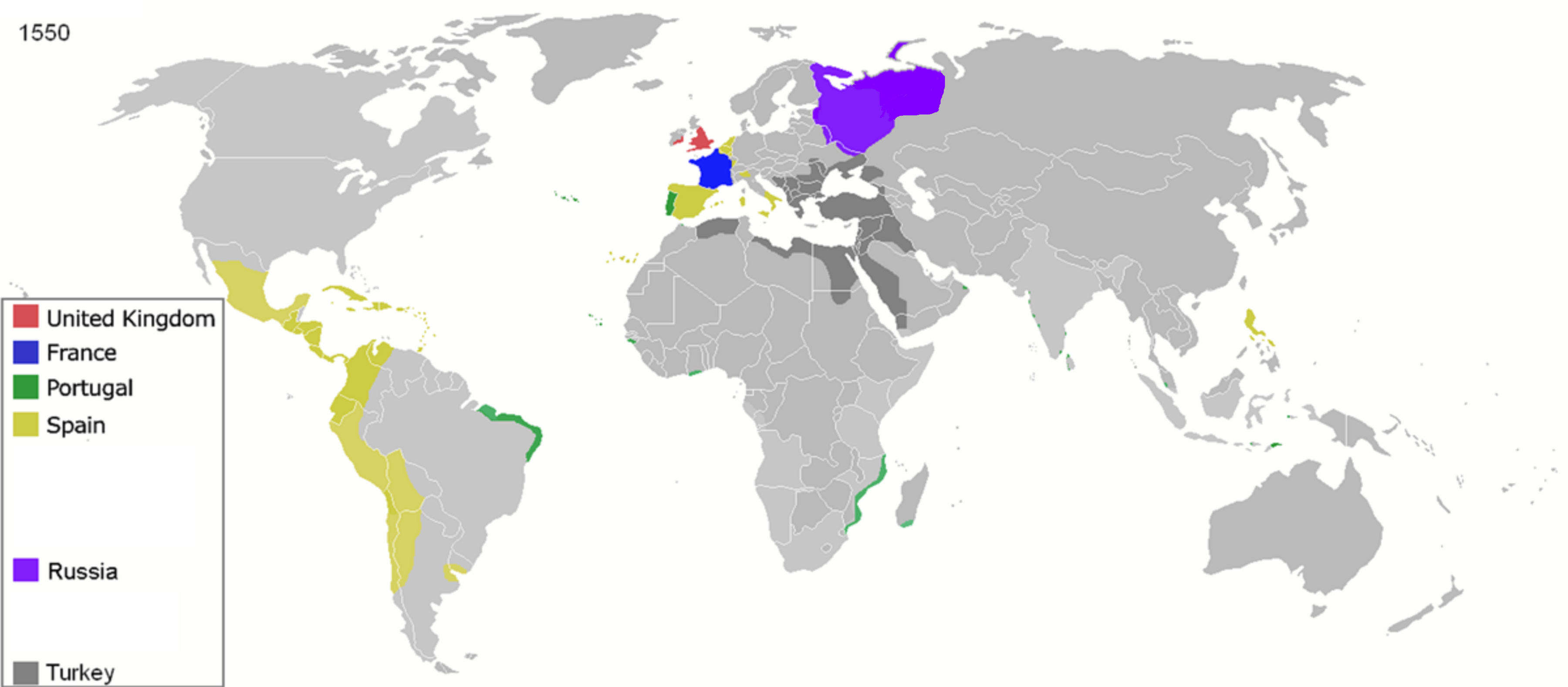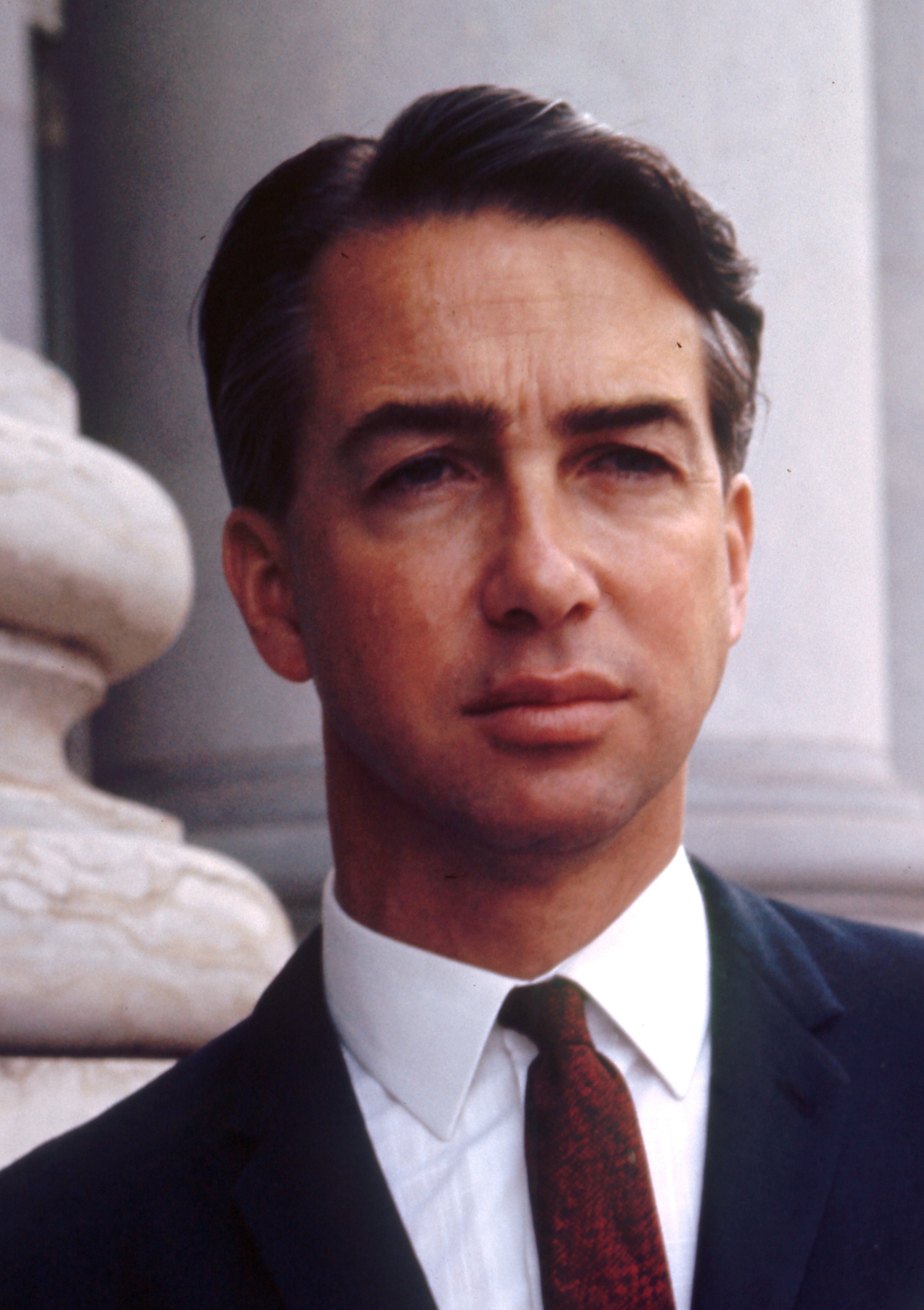|
Anangu Pitjantjatjara Yankunytjatjara
Aṉangu Pitjantjatjara Yankunytjatjara, also known as APY, APY Lands or ''the Lands'', is a large, sparsely-populated local government area (LGA) for Aboriginal people, located in the remote north west of South Australia. Some of the aṉangu (people) of the Western Desert cultural bloc, in particular Pitjantjatjara, Yankunytjatjara and Ngaanyatjarra peoples, inhabit the Lands. Governance of the area is determined by the '' Anangu Pitjantjatjara Yankunytjatjara Land Rights Act 1981'' (or APYLRA), whereby an elected executive board reports to the Premier of South Australia. The APY administration centre of is located at Umuwa. A large portion of the APY Lands was formerly the North-West Aboriginal Reserve. History Early history The Pitjantjatjara and Yankunytjatjara people (''aṉangu'') had lived in this area for many thousands of years. Even after the British began to colonise the Australian continent from 1788 onwards, and the colonisation of South Australia from 1 ... [...More Info...] [...Related Items...] OR: [Wikipedia] [Google] [Baidu] |
Umuwa, South Australia
Umuwa is an Aboriginal community in Anangu Pitjantjatjara Yankunytjatjara (APY lands) in South Australia, serving as an administrative centre for the six main communities on "The Lands" (the others being Amata, Pipalyatjara, Pukatja/ Ernabella, Fregon/ Kaltjiti, Indulkana and Mimili), as well as the outlying communities. Geography Umuwa is located approximately north-west of Marla and south-west of Alice Springs. Based upon the climate records of the nearest weather station at Marla Police Station, Umuwa experiences a hot-desert climate ( Köppen: ''BWh'', Trewartha: ''BWhl''), with very hot, relatively dry summers; mild to hot, dry springs and autumns; and mild, dry winters. It experiences summer maximum temperatures of an average of 37.3 degrees Celsius in January and a winter maximum average temperature of 19.6 degrees Celsius in June. Overnight lows range from a mean minimum temperature of 22.0 degrees in January to 4.8 degrees in June. Annual rainfall averages 216. ... [...More Info...] [...Related Items...] OR: [Wikipedia] [Google] [Baidu] |
Western Desert Cultural Bloc
The Western Desert cultural bloc or just Western Desert is a cultural region in central Australia covering about , including the Gibson Desert, the Great Victoria Desert, the Great Sandy and Little Sandy Deserts in the Northern Territory, South Australia and Western Australia. The Western Desert cultural bloc can be said to stretch from the Nullarbor in the south to the Kimberley in the north, and from the Percival Lakes in the west through to the Pintupi lands in the Northern Territory. Languages The term is often used by anthropologists and linguists when discussing the 40 or so Aboriginal groups that live there, who speak dialects of one language, often called the Western Desert language. Country According to anthropologist Robert Tonkinson, Extending over a million square miles, the Western Desert... covers a vast area of the interior of the continent. It extends across western South Australia into central and central northern Western Australia (south of the Kimberley ... [...More Info...] [...Related Items...] OR: [Wikipedia] [Google] [Baidu] |
Granite Downs Station
Granite Downs was a cattle station in arid northern South Australia. It is now part of the Anangu Pitjantjatjara Yankunytjatjara lands. Birds A part of Granite Downs has been identified by BirdLife International as an Important Bird Area (IBA) because it supports a population of the near threatened chestnut-breasted whiteface at its north-western distribution limit. It also supports populations of the inland dotterel, Bourke's parrot Bourke's parrot (''Neopsephotus bourkii'', formerly known as ''Neophema bourkii''), also known as the blue-vented parrot, sundown parrot, pink-bellied parrot, Bourke's parakeet, Bourke or "Bourkie", is a small parrot found in Australia and the o ..., banded whiteface, black honeyeater, pied honeyeater, cinnamon quail-thrush, chiming wedgebill and thick-billed grasswren. References Anangu Pitjantjatjara Yankunytjatjara Stations (Australian agriculture) {{SouthAustralia-geo-stub ... [...More Info...] [...Related Items...] OR: [Wikipedia] [Google] [Baidu] |
Pukatja, South Australia
Pukatja (formerly Ernabella) is an Aboriginal community in the Anangu Pitjantjatjara Yankunytjatjara Lands in South Australia, comprising one of the six main communities on "The Lands" (the others being Amata, Pipalyatjara, Fregon/Kaltjiti, Indulkana and Mimili). Established as a Presbyterian mission in 1937 with enlightened practices which maintained the Pitjantjatjara language at the school and church services, Ernabella was handed over to the community in 1974 and was later named Pukatja. Ernabella Arts is Australia's oldest continuously running Indigenous art centre. Geography Pukatja is in the eastern Musgrave Ranges, west of the Stuart Highway, about south of the Northern Territory border, about south-west of Alice Springs and north of Umuwa, the major administrative centre within the APY Lands. It is about by road from Adelaide. The community sits at an elevation of about . The area is prone to earthquakes, one of few areas of Australia to have experienced multip ... [...More Info...] [...Related Items...] OR: [Wikipedia] [Google] [Baidu] |
Charles Duguid
use both this parameter and , birth_date to display the person's date of birth, date of death, and age at death) --> , death_place = Kent Town, Adelaide , resting_place = , resting_place_coordinates = , burial_place = Ernabella Mission Cemetery , burial_coordinates = , monuments = Jubilee 150 Walkway, North Terrace, Adelaide , nationality = , other_names = , citizenship = , education = , alma_mater = University of Glasgow , occupation = Medical doctor, surgeon , years_active = , era = , employer = , organization = , agent = , known_for = Activism for Aboriginal rights , notable_works = , style = , title = , term = , party = , movement = , boards = , spouse = Irene (née Young); Phyllis Duguid , partner = , chil ... [...More Info...] [...Related Items...] OR: [Wikipedia] [Google] [Baidu] |
Presbyterian Church Of Australia
The Presbyterian Church of Australia (PCA) is the largest Presbyterian denomination in Australia. (The larger Uniting Church in Australia incorporated about two-thirds of the PCA in 1977.) History Beginnings When captain James Cook landed in Australia in 1776 he was sure to have had some Presbyterians in his crew. John Hunter the captain of HMS ''Sirius'' was a former Church of Scotland minister. Later Presbyterian Christianity came to Australia with the arrival of members from a number of Presbyterian denominations in Great Britain at the end of the 18th century. The Presbyterian missionaries played an important role to spread the faith in Australia. Since then Presbyterianism grew to the fourth largest Christian faith in the country. The Presbyterian Church of Australia was formed when Presbyterian churches from various Australian states federated in 1901. The churches that formed the Presbyterian Church of Australia were the Presbyterian Churches of New South Wales, ... [...More Info...] [...Related Items...] OR: [Wikipedia] [Google] [Baidu] |
Aboriginal Reserve
An Aboriginal reserve, also called simply reserve, was a government-sanctioned settlement for Aboriginal Australians, created under various state and federal legislation. Along with missions and other institutions, they were used from the 19th century to the 1960s to keep Aboriginal people separate from the white Australian population, for various reasons perceived by the government of the day. The Aboriginal reserve laws gave governments much power over all aspects of Aboriginal people’s lives. Protectors of Aborigines and (later) Aboriginal Protection Boards were appointed to look after the interests of the Aboriginal people. History Aboriginal reserves were used from the nineteenth century to keep Aboriginal people separate from the white Australian population, often ostensibly for their protection. Protectors of Aborigines had been appointed from as early as 1836 in South Australia (with Matthew Moorhouse as the first permanent appointment as Chief Protector in 1839), ... [...More Info...] [...Related Items...] OR: [Wikipedia] [Google] [Baidu] |
British Colonisation Of South Australia
British colonisation of South Australia describes the planning and establishment of the colony of South Australia by the British government, covering the period from 1829, when the idea was raised by the then-imprisoned Edward Gibbon Wakefield, to 1842, when the '' South Australia Act 1842'' changed the form of government to a Crown colony. Ideas espoused and promulgated by Wakefield since 1829 led to the formation of the South Australian Land Company in 1831, but this first attempt failed to achieve its goals, and the company folded. The South Australian Association was formed in 1833 by Wakefield, Robert Gouger and other supporters, which put forward a proposal less radical than previous ones, which was finally supported and a Bill proposed in Parliament. The British Province of South Australia was established by the '' South Australia Act 1834'' in August 1834, and the South Australian Company formed on 9 October 1835 to fulfil the purposes of the Act by forming a new co ... [...More Info...] [...Related Items...] OR: [Wikipedia] [Google] [Baidu] |
Colonisation Of Australia
Colonization, or colonisation, constitutes large-scale population movements wherein migrants maintain strong links with their, or their ancestors', former country – by such links, gain advantage over other inhabitants of the territory. When colonization takes place under the protection of colonial structures, it may be termed settler colonialism. This often involves the settlers dispossessing indigenous inhabitants, or instituting legal and other structures which disadvantage them. Colonization can be defined as a process of establishing foreign control over target territories or peoples for the purpose of cultivation, often by establishing colonies and possibly by settling them. In colonies established by Western European countries in the Americas, Australia, and New Zealand, settlers (supplemented by Central European, Eastern European, Asian, and African people) eventually formed a large majority of the population after assimilating, warring with, or driving away indi ... [...More Info...] [...Related Items...] OR: [Wikipedia] [Google] [Baidu] |
Umuwa
Umuwa is an Aboriginal community in Anangu Pitjantjatjara Yankunytjatjara (APY lands) in South Australia, serving as an administrative centre for the six main communities on "The Lands" (the others being Amata, Pipalyatjara, Pukatja/ Ernabella, Fregon/ Kaltjiti, Indulkana and Mimili), as well as the outlying communities. Geography Umuwa is located approximately north-west of Marla and south-west of Alice Springs. Based upon the climate records of the nearest weather station at Marla Police Station, Umuwa experiences a hot-desert climate ( Köppen: ''BWh'', Trewartha: ''BWhl''), with very hot, relatively dry summers; mild to hot, dry springs and autumns; and mild, dry winters. It experiences summer maximum temperatures of an average of 37.3 degrees Celsius in January and a winter maximum average temperature of 19.6 degrees Celsius in June. Overnight lows range from a mean minimum temperature of 22.0 degrees in January to 4.8 degrees in June. Annual rainfall averages 216. ... [...More Info...] [...Related Items...] OR: [Wikipedia] [Google] [Baidu] |
Premier Of South Australia
The premier of South Australia is the head of government in the state of South Australia, Australia. The Government of South Australia follows the Westminster system, with a Parliament of South Australia acting as the legislature. The premier is appointed by the Governor of South Australia, and by modern convention holds office by virtue of his or her ability to command the support of a majority of members of the lower house of Parliament, the House of Assembly. Peter Malinauskas is the current premier, having served since 21 March 2022. History The office of premier of South Australia was established upon the commencement of responsible government with the passage of the ''Constitution Act 1856''. The role was based upon that of the Prime Minister of the United Kingdom, with the premier requiring the support of a majority of the members of the lower house to remain head of government. No parties or solid groupings would be formed until after the 1890 election, which ... [...More Info...] [...Related Items...] OR: [Wikipedia] [Google] [Baidu] |
Anangu Pitjantjatjara Yankunytjatjara Land Rights Act 1981
The ''Anangu Pitjantjatjara Yankunytjatjara Land Rights Act 1981'' (APYLRA or ''APY Land Rights Act'') grants certain land and other rights to the Anangu Pitjantjatjara Yankunytjatjara (the Pitjantjatjara and Yankunytjatjara people) in South Australia. It began its life as the ''Pitjantjatjara Land Rights Act'' and commenced operation on 2 October 1981. Its long name title is "An Act to provide for the vesting of title to certain lands in the people known as Anangu Pitjantjatjara Yankunytjatjara; and for other purposes". The Act has since had several amendments, the latest in 2017. History In 1976, the Pitjantjatjara Council ("Pit Council") was formed to lobby for freehold title to their reserve land, which, since the ''Aboriginal Lands Trust Act 1966 '' had been vested in the Minister for Community Welfare. Premier Don Dunstan established a Parliamentary Committee to investigate the feasibility of a separate lands trust to cover the North-West Reserve. The Pit Counci ... [...More Info...] [...Related Items...] OR: [Wikipedia] [Google] [Baidu] |





